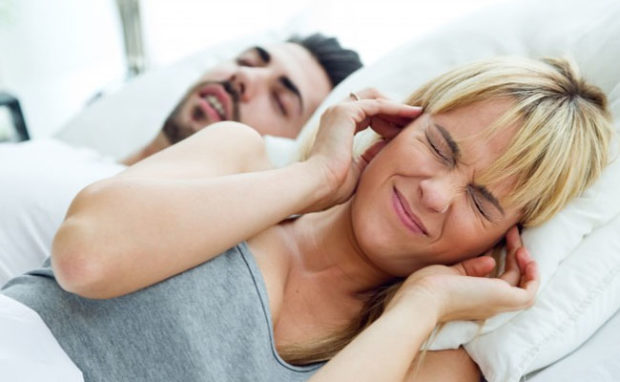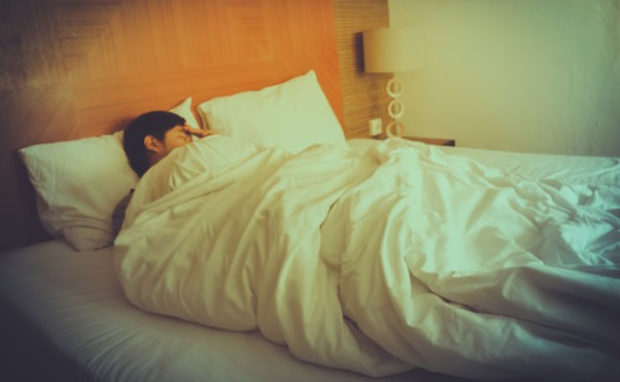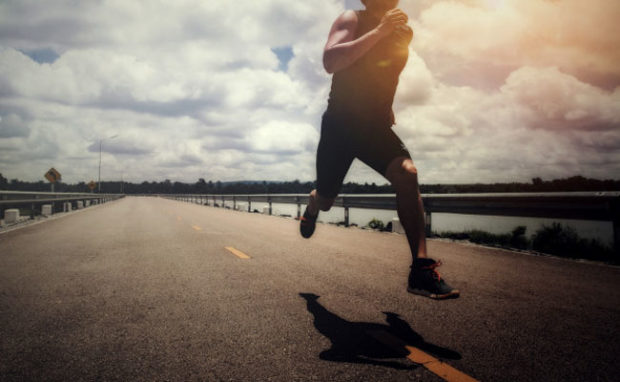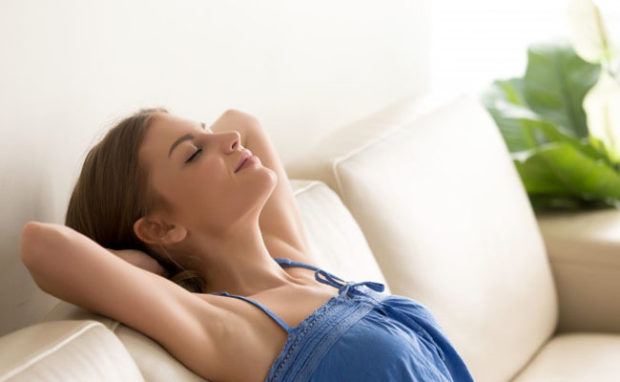How to Fall Asleep Quick
How to Fall Asleep Quick: Most people don’t appreciate how essential sleep is until they have to spend a night tossing and turning in their beds. Even worse, the curse of not getting enough rest seems to follow people into the next day. When sleep-deprived, your day might move slower as you struggle to reach peak productivity levels.
If you have been experiencing slow and unproductive days from sleep deprivation, you are not alone. It turns out that 45% of Americans experience such unproductive days at least once a week due to inadequate sleep, according to the National Sleep Foundation. Luckily, there are a couple of tips that you can use to get a good night of sleep minutes after getting under your sheets. While some will not need you to make any major changes to your schedule, others will require you to revamp it completely.
Here are a few insights on how to fall asleep fast:
Leverage White Noise

Sure noise, like the snoring of a partner, can keep you awake all night. With the right type of noise, however, you can trick your brain into falling asleep. White noise is simply sounds that possess some consistency in terms of frequency. Such noise has a masking effect, blocking out changes in sound in your surroundings.
When you get distracted from your sleep in the middle of the night, white noise can be soothing enough to lull you back to sleep. You can find countless videos and audios online to listen to as you sleep for countless sources of white noise. There are also a lot of mobile apps you can download that can provide you with white noise throughout the night. Consider also buying a white noise machine for more consistency.
In some cases, choosing to listen to music that has that white noise appeal might be enough. Regardless of the option you go with, the placement of the gadget is pivotal to your experience. Ideally, the noise should come from a point where it can flawlessly spread to the rest of your room.
Control the Temperature of the Room

Your body temperature has a pivotal role to play in determining whether you will stay awake or fall asleep faster. While an initial drop in temperature signals the body to sleep, a sudden rise or drop in temperature disrupts REM sleep. Ideally, the best temperature for falling asleep is between 60 and 67 degrees Fahrenheit.
However, your ideal sleep temperature might differ from that of your roommate or partner. Often times, you might end up fighting over thermostat settings. Luckily, there are other ways to meet each other in the middle.
For instance, you can consider buying dual control electric blankets to make it easy for each person to choose their ideal sleep temperature. The type of pajamas you wear might also help. Wearing tightly woven materials like polyester and flannel will help keep you warm, while natural and light material like bamboo or cotton will help cool you down enough to get some good sleep.
Control the Lights

Normally, the brain starts releasing melatonin (the sleep hormone) a couple of hours before bedtime to prepare your body for sleep. However, the kind of light you expose yourself to might affect your sleep hygiene. One significant culprit in reducing the level of melatonin production is artificial light, especially a lot of blue light. Too much of it will have you saying and you will not sleep throughout the night.
The best way to improve your sleep is to completely switch off any blue light sources 30 minutes before heading to sleep. Sadly, this might be possible on paper, but impossible to implement in some cases. The other alternative is to use techniques that will ensure that both these devices and quality sleep can co-exist.
For instance, you can download blue-light-filtering apps on your mobile phone to prevent the lights from affecting your circadian rhythm. Also, it might be wise to purchase programmable lights for your bedroom. The ability to dim down your lights just as the time to sleep is approaching can be quite helpful in upholding healthy sleep habits. Lastly, consider buying a sleeping mask to isolate yourself from distracting lights completely.
Exercise More Often

Exercise contributes to sleep hygiene in a couple of ways. The rise and drop in body temperature after working out signifies to the body that the time to sleep is approaching. Working out also reduces stress, which can have a significant role to play towards encouraging sleep disorders. The best time for physical activity is in the morning or evening hours since the rest of the day is typically consumed by commitments.
However, most people prefer to exercise early in the morning as it ensures that their exercise regimen of the day gets out of the way. Whether or not exercising at night will be appropriate for you will depend on your body and how it reacts. While excessive exercise at night might disrupt sleep quality in some people, it might barely affect others.
The best way to be completely sure of where you belong on this spectrum is to experiment it on yourself. Be sure to limit evening hour exercise to less intensive workouts. For instance, a little bit of yoga and cardio workouts might suffice.
Related Articles
Watch Your Breathing Patterns

How you breathe while trying to get a night’s rest will affect the quality of sleep you can achieve. While heavy breaths will help you fall asleep fast, shallow breaths will keep you awake. It all trickles down to how breathing influences the heart rate and induces relaxation. Here is a little relaxation technique (the 4-8-7 method) to try:
- Throughout the technique, your tongue should be placed against the upper ridge just behind your teeth.
- Start exhaling through your mouth while making a whoosh sound.
- Next, close your mouth and use your nose to inhale while counting to four.
- Hold your breath and count to seven.
- Lastly, exhale through your mouth while making the whooshing sound and count to eight.
The technique was developed by Dr. Andrew Weil, who claims that it can help you get to sleep in as little as 60 seconds from starting it. He, however, recommended trying the technique while seated upright before lying down to proceed with it.
It is the little things that you do every day that have the greatest impact on your sleep hygiene. Try exercising and sleeping at the same time every day, and you will notice a complete change in your sleep hygiene. Use the above tips to improve your productivity level and sleep quality.





